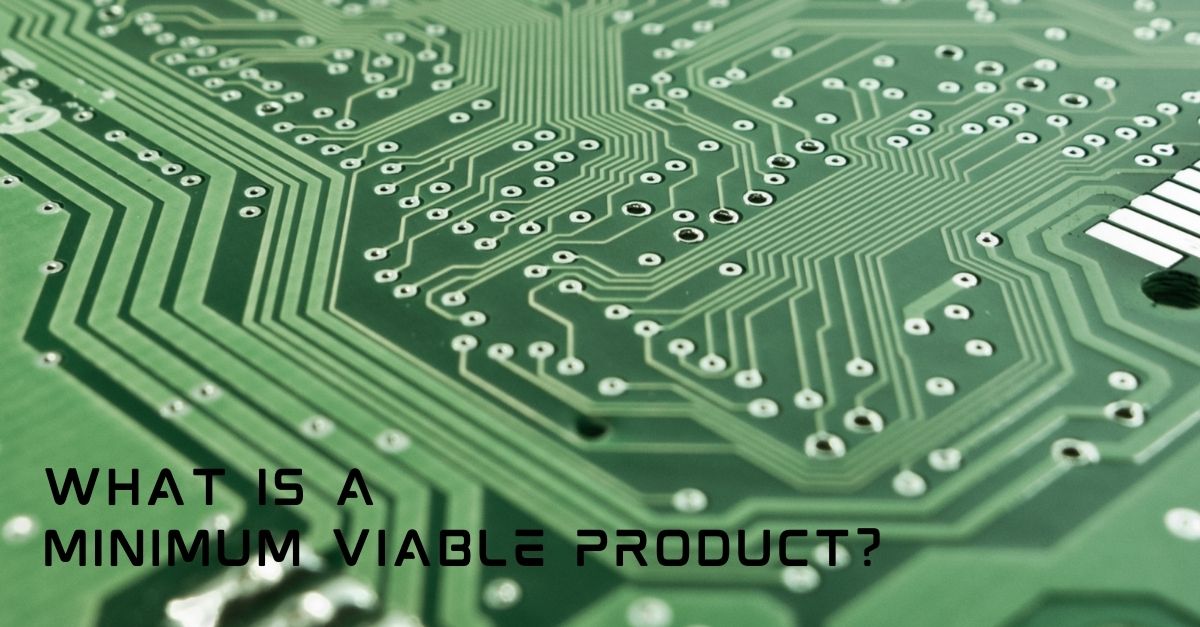Call Us: 01702 292984 Email Us: info@cube3productdesign.co.uk

In a study of more than 100 start-ups, a technology venture capital organisation found that the number one cause of start-up failure was "no market need.” Nearly half of these start-ups spent years building a product before they found out that they were wrong in their most central assumption: that anyone was actually interested in that product in the first place!
What they should have done was adopt a minimum viable product approach. "What is a minimum viable product” I hear you ask! Read on….
Traditionally, products are conceived and developed behind closed doors, based on research and a lot of assumptions about what the target audience want. This typically takes a long time and a lot of money to get to a production ready product. What happens if the product you develop is not what your customers want? You’ve spent time and money developing what you believe to be the next big thing and no one’s interested! Maybe the target audience has changed in the two years you took developing it. Maybe your research was not good enough and you’ve been developing something that no one ever wanted. Maybe you’re close with the product you’ve developed but something is not quite right and it just doesn’t gel with your customers.
Failure can be avoided by adopting a Minimum Viable Product (MVP) approach. It’s not right for every development but can be very effective when implemented on the right project.
The start of your project will look the same as the traditional approach. You’ll look at the market, the target users and the competition. You’ll develop a product brief and ideate concept designs to fulfil the needs. The big difference with the MVP approach is that you identify the core feature(s) of the new product and aim to develop a simplified version of your product as quickly and cost effectively as possible and get feedback on it from your target audience. The idea is to maximise the amount of validated learning for the lowest investment in the fewest steps. In its simplest form, a physical MVP is a short run of prototypes that you use for early trials with select customers.
For physical products, you may not have to develop a product at all initially. An explainer video showing how your new product works could be enough to get feedback. Perhaps it could just be a landing page for your new product on your website as this could give you early feedback on potential popularity. Many start-up’s use Crowd funding sites like Kickstarter to get their message across and to tweak their proposition to align with the feedback they receive. Some companies who develop products with bespoke integrated electronics onboard, concentrate on the core functionality of the device first and only consider adding other less important features to enhance the product once this has been perfected.
Most importantly it is about listening to the feedback that this early product, explainer video or landing page yields and to feed that back into the design to improve the final product and make it a class leading one.
That’s a very brief explanation of what an MVP is and why you should seriously consider it for your next product development. Why not contact a design consultancy today and talk to them about it.